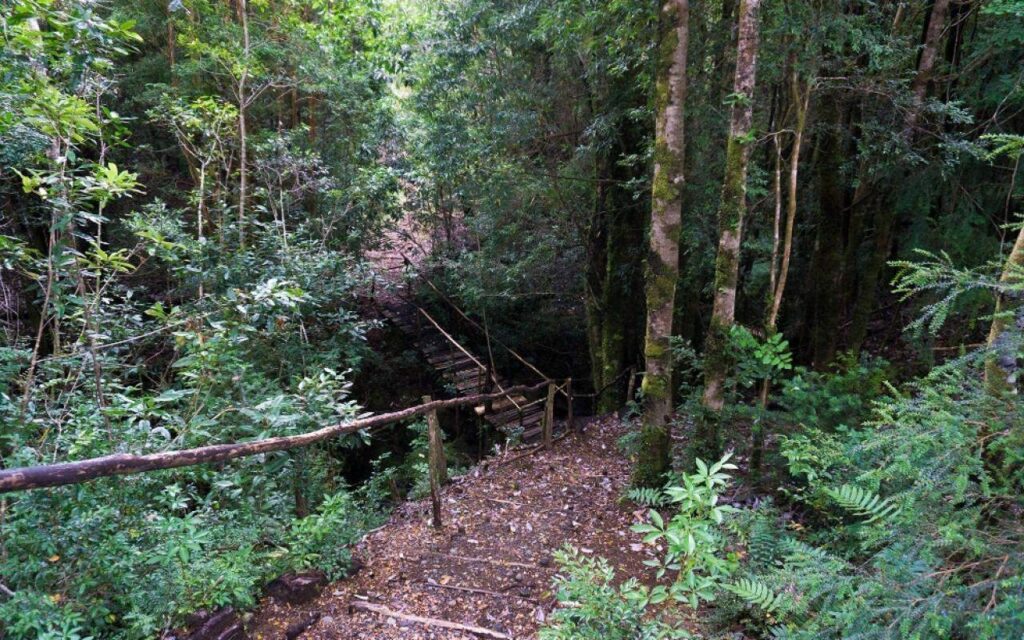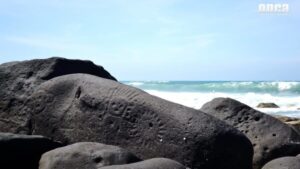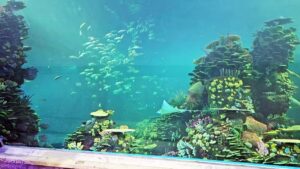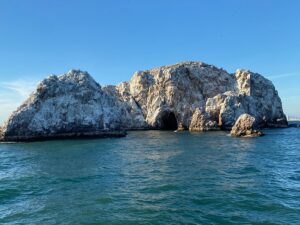Discovering Chiloé Island’s National Parks, Chile
Chiloé Island, located off the coast of southern Chile, is a place where myths and nature intertwine to create a unique and enchanting destination. Known for its lush landscapes, rich culture, and vibrant wildlife, Chiloé is home to several national parks that offer visitors a chance to explore its natural beauty and cultural heritage. Whether you’re a nature enthusiast, a history buff, or simply looking for a peaceful retreat, Chiloé Island’s national parks have something for everyone.
What to See
Chiloé National Park is one of the island’s most popular attractions. Spanning over 430 square kilometers, the park is a haven for biodiversity, featuring dense forests, rugged coastlines, and serene lakes. Visitors can explore a variety of trails that wind through the park, offering stunning views of the Pacific Ocean and the Andes Mountains. Keep an eye out for the park’s diverse wildlife, including the elusive Darwin’s fox, pudú deer, and a wide array of bird species.
Another must-visit is Tantauco Park, located in the southern part of the island. This privately-owned park covers over 1,180 square kilometers and is dedicated to conservation and sustainable tourism. Tantauco offers a more remote and untouched experience, with pristine forests, wetlands, and rivers. The park’s extensive trail network allows visitors to immerse themselves in the island’s natural beauty, with opportunities for hiking, birdwatching, and even kayaking.
A Bit of History and Interesting Facts
Chiloé Island has a rich history that dates back thousands of years. The island was originally inhabited by the Chono and Huilliche people, who lived off the land and sea. In the 16th century, Spanish explorers arrived, and the island became an important center for trade and agriculture. The unique blend of indigenous and Spanish influences is evident in Chiloé’s distinctive architecture, cuisine, and folklore.
One of the island’s most fascinating aspects is its mythology. Chiloé is known for its legends and tales of mythical creatures, such as the Trauco, a forest-dwelling goblin, and the Caleuche, a ghost ship that sails the waters around the island. These stories are an integral part of Chiloé’s cultural identity and add an element of mystery to the island’s natural landscapes.
How to Get There and Tips for First-Time Visitors
Getting to Chiloé Island is relatively straightforward. The most common way is to fly into the city of Puerto Montt, which is well-connected to major cities in Chile. From Puerto Montt, you can take a ferry to Chiloé, with the journey taking about 30 minutes. Alternatively, you can drive across the Chacao Channel via a ferry service that operates regularly.
Once on the island, renting a car is recommended to explore the national parks and other attractions at your own pace. Public transportation is available, but it may not reach some of the more remote areas. Be sure to check the weather before your visit, as Chiloé is known for its unpredictable climate, with frequent rain and fog.
For first-time visitors, it’s important to respect the local culture and environment. Chiloé’s residents are known for their hospitality, and engaging with them can enrich your experience. Try the local cuisine, which features fresh seafood, potatoes, and the traditional curanto, a hearty dish cooked in an earth oven. Lastly, pack appropriately for outdoor activities, including sturdy footwear and waterproof clothing, to fully enjoy the island’s natural wonders.








